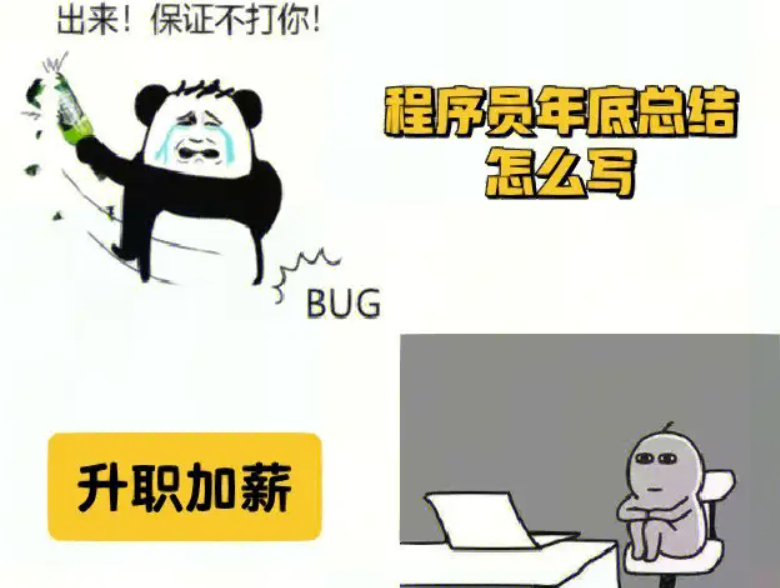The diagnostic process of acute intermittent porphyria (AIP) poses a significant challenge due to the potential for initial misdiagnosis as gastrointestinal disorders or neurosis. Once limb paresis emerges, careful differentiation becomes crucial, particularly when distinguishing it from conditions such as Guillain-Barré syndrome and acute myelitis. In the presented case, the patient initially experienced gastrointestinal discomfort and limb weakness subsequent to a previous COVID-19 infection. These symptoms gradually resolved, leading to early diagnostic confusion. However, with disease recurrence, progressive limb paresis and respiratory failure ensued, primarily manifesting as peripheral and autonomic neuropathy.
Conventional treatment modalities like intravenous immunoglobulin and plasma exchange for Guillain-Barré syndrome exhibited limited efficacy in this context. The classical triad of porphyria encompasses abdominal pain, tea-colored urine, and neuropsychiatric disturbances. Through subsequent differential diagnosis procedures involving Whole Exome Sequencing (WES) and cytokine profiling, we were able to confirm the accurate diagnosis of AIP.
内容由零声教学AI助手提供,问题来源于学员提问




















